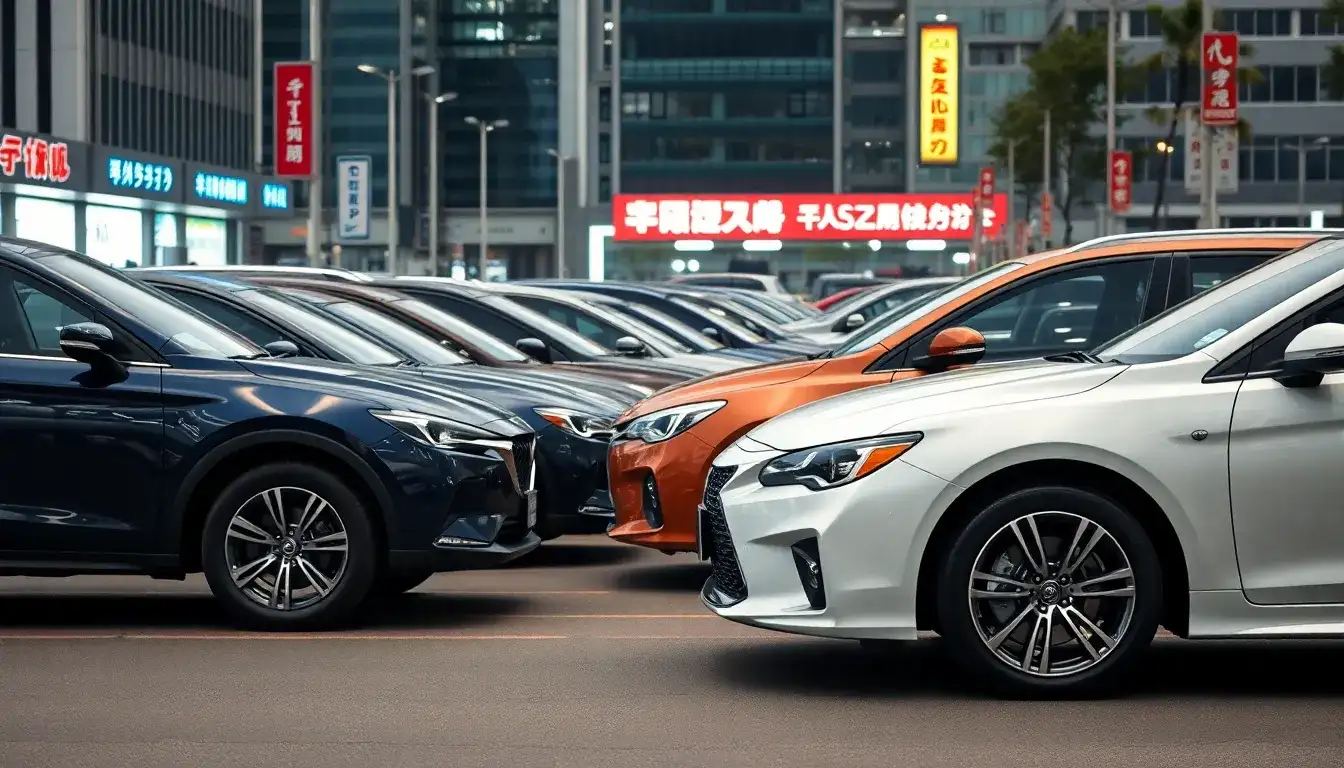
Recently, the China Automobile Circulation Association released the February 2025 China Automobile Depreciation Rate Report, which highlights the current state of vehicle depreciation rates in the market. The report indicates that mid-sized and large vehicles are performing particularly well in terms of depreciation rates, while the used car market faces dual challenges from a price war in the new car sector and industry transformations.
According to Lu Guangzhi, Deputy Director of the Used Car Information Department at the China Automobile Circulation Association, the used car market will continue to be influenced by the ongoing price adjustments in the new car market this year. This trend has led to a decrease in the average transaction price of used cars compared to the same period last year, placing the market in a downward price channel. The decline in new car prices has further lowered the purchasing threshold, significantly impacting the used car market and leading to a notable drop in consumer demand for used vehicles.
Among various vehicle types, MPVs, mid-sized and large cars, and mid-sized and large SUVs exhibit higher depreciation rates of 59%, 55.8%, and 55.4%, respectively. In contrast, compact cars, small SUVs, and mid-sized SUVs have lower depreciation rates, all falling below 51%, with compact cars showing the lowest rate at just 48.8%. This data clearly indicates a significant advantage for mid-sized and large vehicles in terms of depreciation.
It is also noteworthy that the depreciation rates for luxury brands have shown a slight uptick, attributed to multiple price reductions by certain luxury brands in recent years, resulting in depreciation for used cars being less drastic than the reductions in the manufacturer’s suggested retail prices. Specifically, Honda and Toyota have depreciation rates of 57.3% and 56.3%, respectively, reflecting increases of 0.7% and 1.2%, which shows that Japanese brands continue to be highly regarded in the domestic market.
On the other hand, the overall depreciation rate for domestic brands has decreased, with Wuling experiencing the largest drop, from 51.4% in January to 46.1% in February. Furthermore, the situation for the depreciation rates of domestic electric vehicles remains challenging. The China Automobile Circulation Association suggests that the decline in the depreciation rates of domestic brands is closely linked to their market performance in terms of brand strength, product quality, and overall quality, factors that indirectly affect depreciation rates.
In the realm of new energy vehicles, the depreciation rates for plug-in hybrid models and pure electric models stand at 47% and 45.2%, respectively. The stability of the plug-in hybrid depreciation rate is primarily supported by high-end models from domestic brands, whereas pure electric vehicles face significant pressure regarding their depreciation rates.







